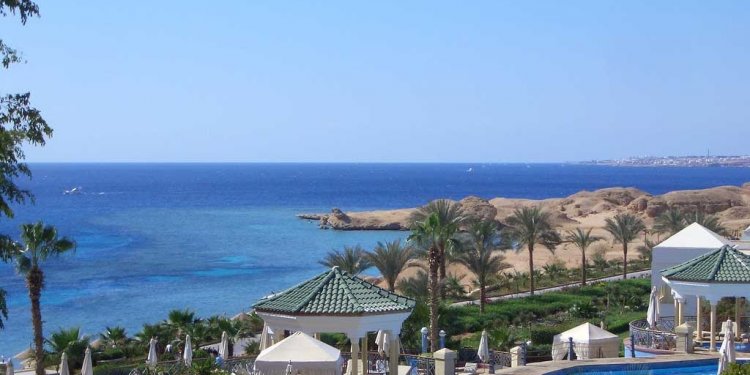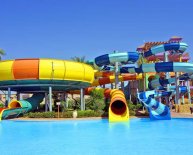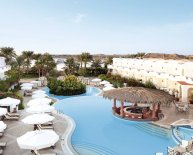
Sharm El Sheikh, Sinai
 The Seashell is a resort with grand aspirations. Its villas, flats, swimming pools and bars have area for many hundred visitors, and its particular domed roofs and arched balconies look throughout the Red Sea to Saudi Arabia. Every morning, the sunrise fills the mountainous shoreline with reddish gold light that spills throughout the Gulf onto expansive white sand shores.
The Seashell is a resort with grand aspirations. Its villas, flats, swimming pools and bars have area for many hundred visitors, and its particular domed roofs and arched balconies look throughout the Red Sea to Saudi Arabia. Every morning, the sunrise fills the mountainous shoreline with reddish gold light that spills throughout the Gulf onto expansive white sand shores.
“My hotel will likely be special, ” claims Ali Khalil, the businessman behind the task. “There’ll be a swimming pool, a big spa. It Will Probably look very gorgeous one-day.”
But that day featuresn’t come yet. Construction on Seashell complex, regarding the south shore of Egypt’s Sinai peninsula, is suspended for decades. The villas are nude tangible, baked in the sun like unpainted pottery. The pool is a trough with light accessories poking from edges. There are not any visitors, many stray dogs, and one-full time person in staff—a watchman just who uses a lot of his time tending a fruit orchard where mangoes, oranges and lemons develop.
If this were a remote case, it would be simple misfortune. Nevertheless Seagull is merely one harm among dozens that range some 200 km (120 kilometers) of roadway from the southeastern Sinai coast. These ghost resort hotels tend to be something of this failure of Egypt’s tourism industry after the transformation of 2011 plus the governmental turmoil and terrorist assaults that adopted.
However the undeniable fact that these were built anyway can be a symbol of greed, haste, in addition to Egyptian government’s neglect of the Sinai’s local Bedouin population.
Loss of the Bedouin fantasy
Through the canopies and huts of his coastline camp, Msallam Faraj can walk towards ruins of several hotels like the Seagull—places with signs like “Dessole” or “Gulf Paradise, ” in which naked intersections of floors and wall space reveal the typically hidden geometry of floor programs.
But Faraj has built his shaded hammocks to face away from the resorts, toward the Gulf. “For me personally they destroy the beautiful view, ” he states, gesturing toward the latticed tone for the damages. “They took the land, that is my own, however they don’t put it to use.”
Many Bedouin like Faraj could have chosen to see the Sinai created as an ecotourism hub. Ahead of the resort building rush began, the coast had been overloaded with tourists and backpackers having to pay $10 a night to fall asleep on the coastline. A majority of these ad-hoc coastline camps had been operate because of the beginning for this year, Egypt had been dropping around £120 million ($170 million) per month. by regional Bedouin whoever households had lived-in the Sinai for hundreds of years. When you look at the 1990s, Faraj had built a previous coastline camp, “Bedouin Dream, ” the culmination of a lifetime’s ambition to use his ecological understanding to create a backpacker’s haven.
Lured because of the Bedouins’ success, people started creating motels. Nevertheless they seldom included the Bedouin within their work. As an alternative they constructed on land the tribes stated as their own, while competing with current businesses. Between 1992 and 2007, for example, all the plots in Sharm el Sheikh–a former Bedouin village that became a sprawling, loud resort town—were allocated to Egyptian and international people, while the Bedouin had been directed into wilderness.
Land disputes between brand-new investors and locals often turned nasty, and many designers found themselves having to pay security cash or using members of local tribes as protection. Nevertheless the money Bedouin produced from these arrangements didn’t make up for the marginalization they believed.
In terms of “Bedouin Dream, ” Faraj states it was destroyed by government bulldozers whilst had been only getting started, from the pretext that he hadn’t gotten the correct building permits. “They ruined the complete dream, ” he states.

















